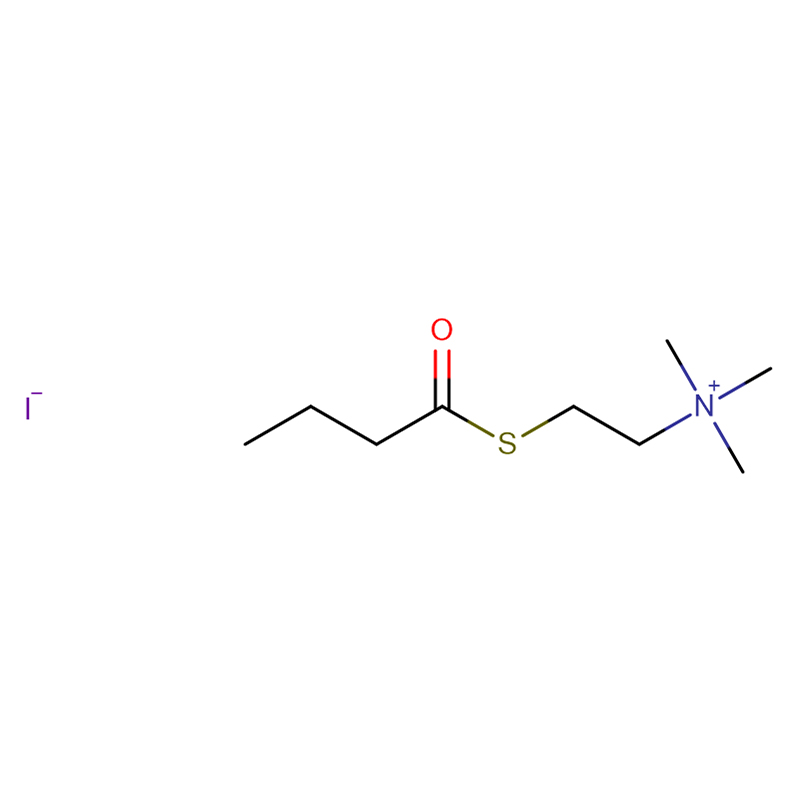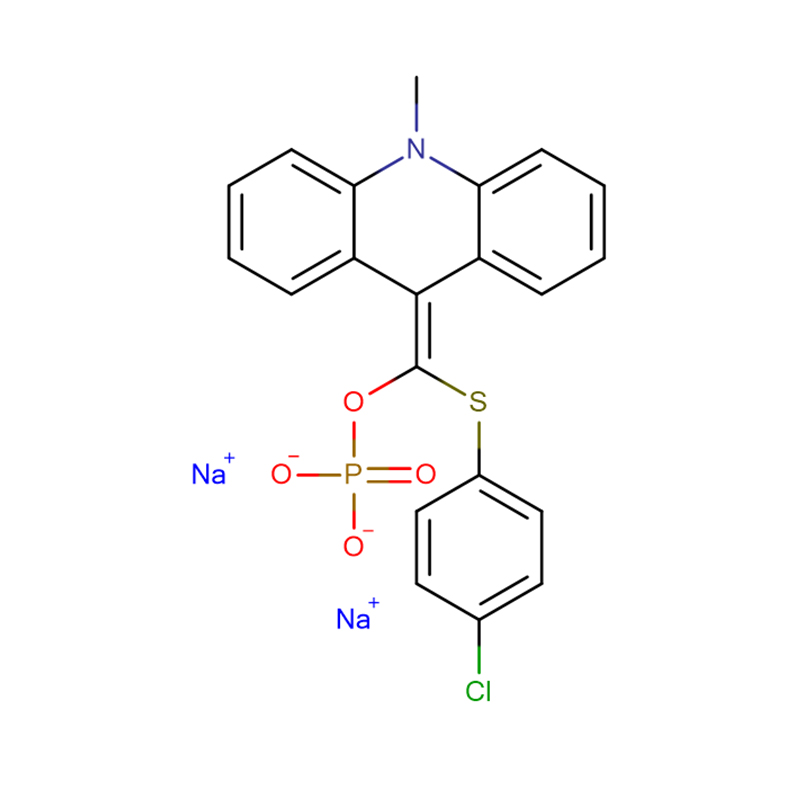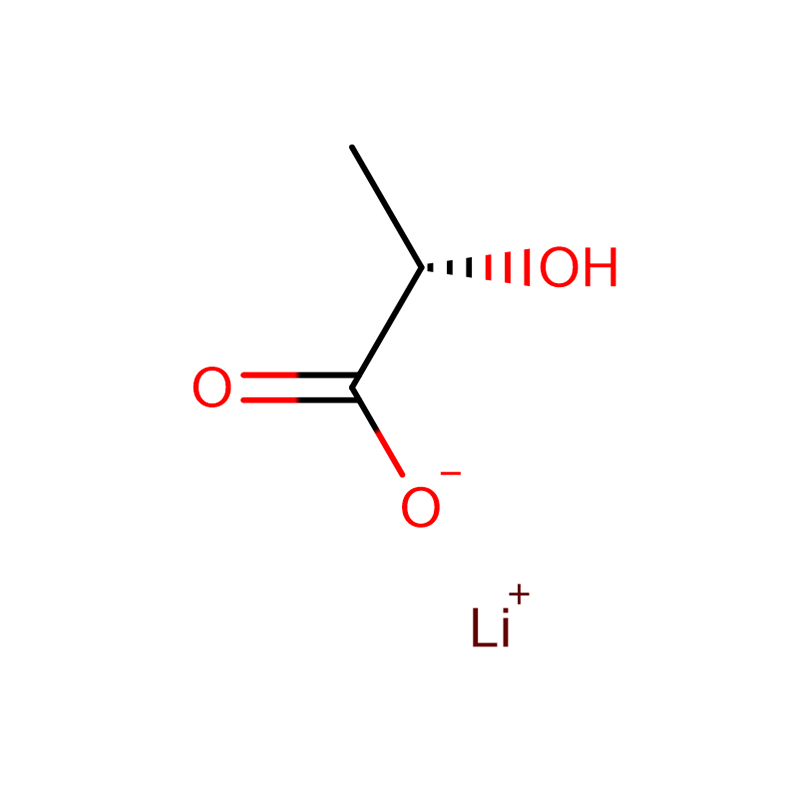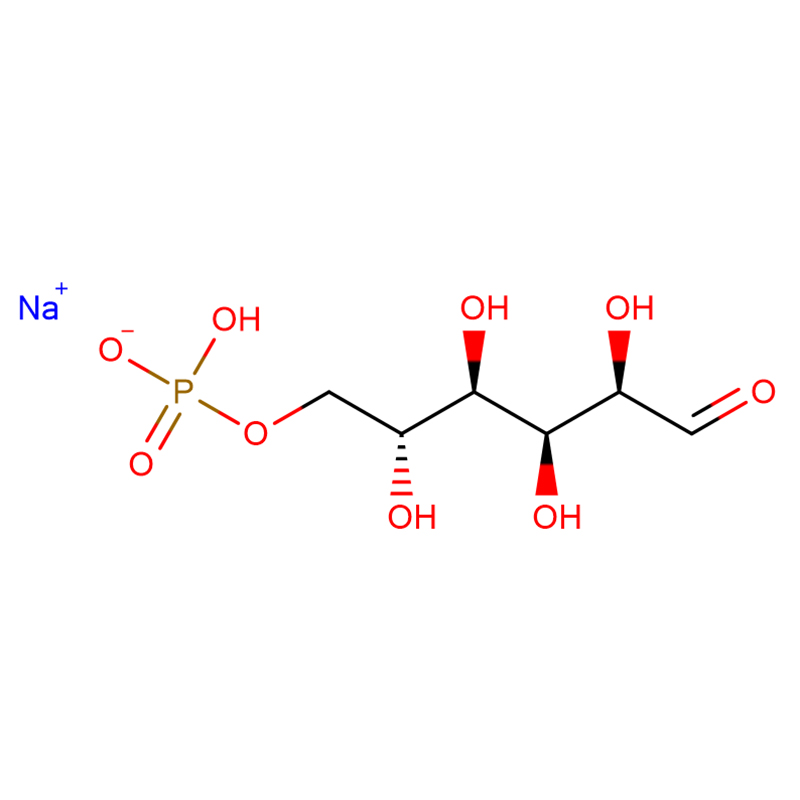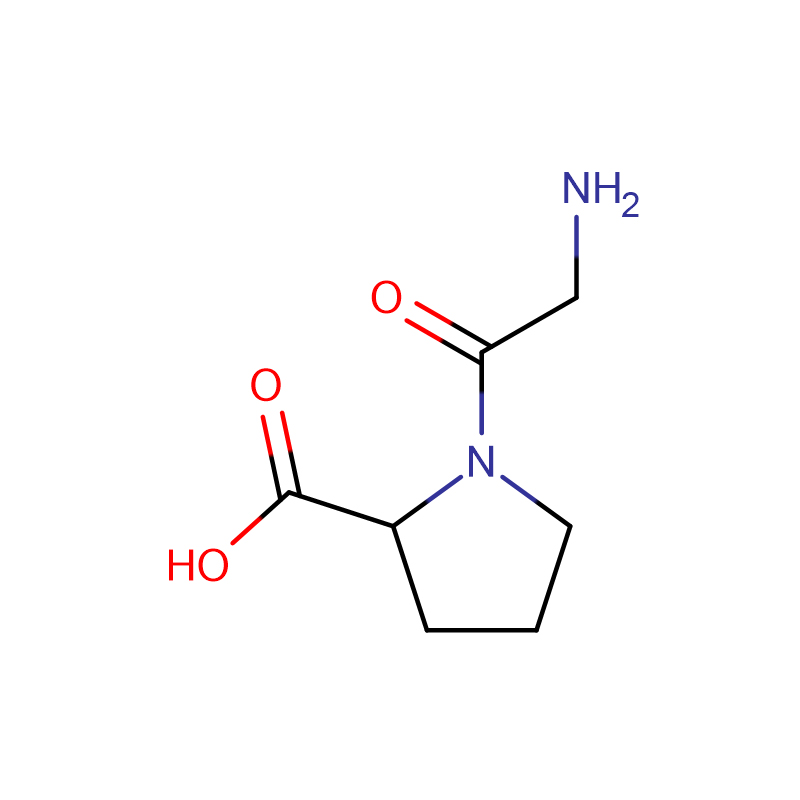2,3,5-Triphenyl-2H-tetrazolium chloride Cas:298-96-4 98% Off-white/pale yellow crystalline powder
| Catalog Number | XD90154 |
| Product Name | 2,3,5-Triphenyl-2H-tetrazolium chloride |
| CAS | 298-96-4 |
| Molecular Formula | C19H15N4·Cl |
| Molecular Weight | 334.80 |
| Storage Details | 2 to 8 °C |
| Harmonized Tariff Code | 29339980 |
Product Specification
| Appearance | Off-white/pale yellow crystalline powder |
| Assay | Min. 98% |
| Melting Point | 235 - 245 Deg C |
| Loss on Drying | <3.0% |
| Water Content | 0.5% Max |
| Residue on Ignition | Max. 0.5% |
| Solubility in EtoH | Pass |
| Solubility in Ethanol | Clear and complete |
To investigate the beneficial effect of the combination of butyrate, Lactobacillus casei, and L-carnitine in a rat colitis model.Rats were divided into seven groups. Four groups received oral butyrate, L-carnitine, Lactobacillus casei and the combination of three agents for 10 consecutive days. The remaining groups included negative and positive controls and a sham group. Macroscopic, histopathological examinations, and biomarkers such as tumor necrosis factor-alpha (TNF-α) and interlukin-1β (IL-1β), myeloperoxidase (MPO), thiobarbituric acid reactive substances (TBARS), and ferric reduced ability of plasma (FRAP) were determined in the colon.The combination therapy exhibited a significant beneficial effect in alleviation of colitis compared to controls. Overall changes in reduction of TNF-α (114.66 ± 18.26 vs 171.78 ± 9.48 pg/mg protein, P < 0.05), IL-1β (24.9 ± 1.07 vs 33.06 ± 2.16 pg/mg protein, P < 0.05), TBARS (0.2 ± 0.03 vs 0.49 ± 0.04 μg/mg protein, P < 0.01), MPO (15.32 ± 0.4 vs 27.24 ± 3.84 U/mg protein, P < 0.05), and elevation of FRAP (23.46 ± 1.2 vs 15.02 ± 2.37 μmol/L, P < 0.05) support the preference of the combination therapy in comparison to controls. Although the monotherapies were also effective in improvement of colitis markers, the combination therapy was much better in improvement of colon oxidative stress markers including FRAP, TBARS, and MPO.The present combination is a suitable mixture in control of experimental colitis and should be trialed in the clinical setting.



